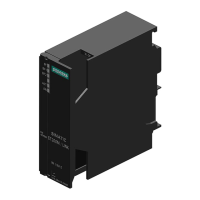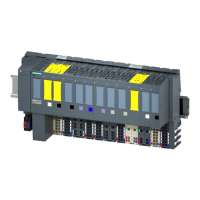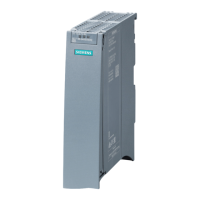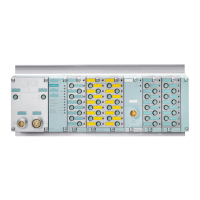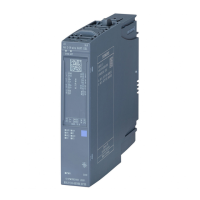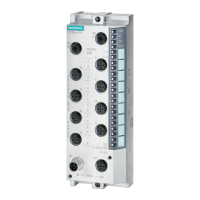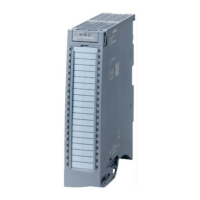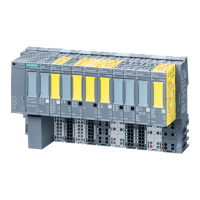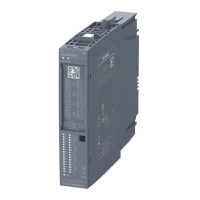Functions
5.1 Isochronous mode
PROFIBUS with STEP 7 V13
Function Manual, 12/2014, A5E03775446-AC
63
Advantages of isochronous mode
The use of isochronous mode provides:
● Optimized controls
● Determinism
● Consistent (simultaneous) reading of input data
● Consistent (simultaneous) output of output data
The system property "isochronous mode" enables recording of measured values and
process data in a defined system cycle. Signal processing takes place in the same system
cycle all the way to switching to the "output terminal". This means isochronous mode
improves the control quality and provides greater manufacturing precision. Isochronous
mode drastically reduces the possible fluctuations of process response times. The time-
assured processing can be used for a higher machine cycle.
Isochronous mode is basically always the choice when acquisition of measured values
needs to be synchronized, movements need to be coordinated and process reactions need
to be defined and take place simultaneously. This means the areas of applications for
isochronous mode are manifold.
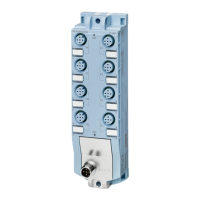
